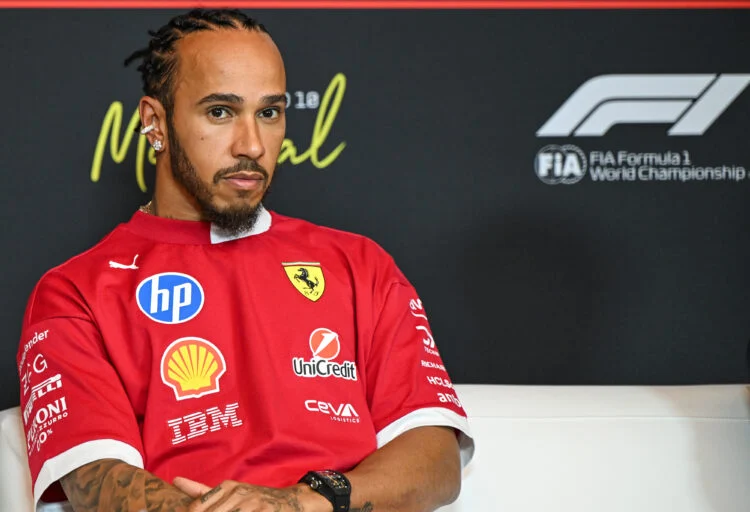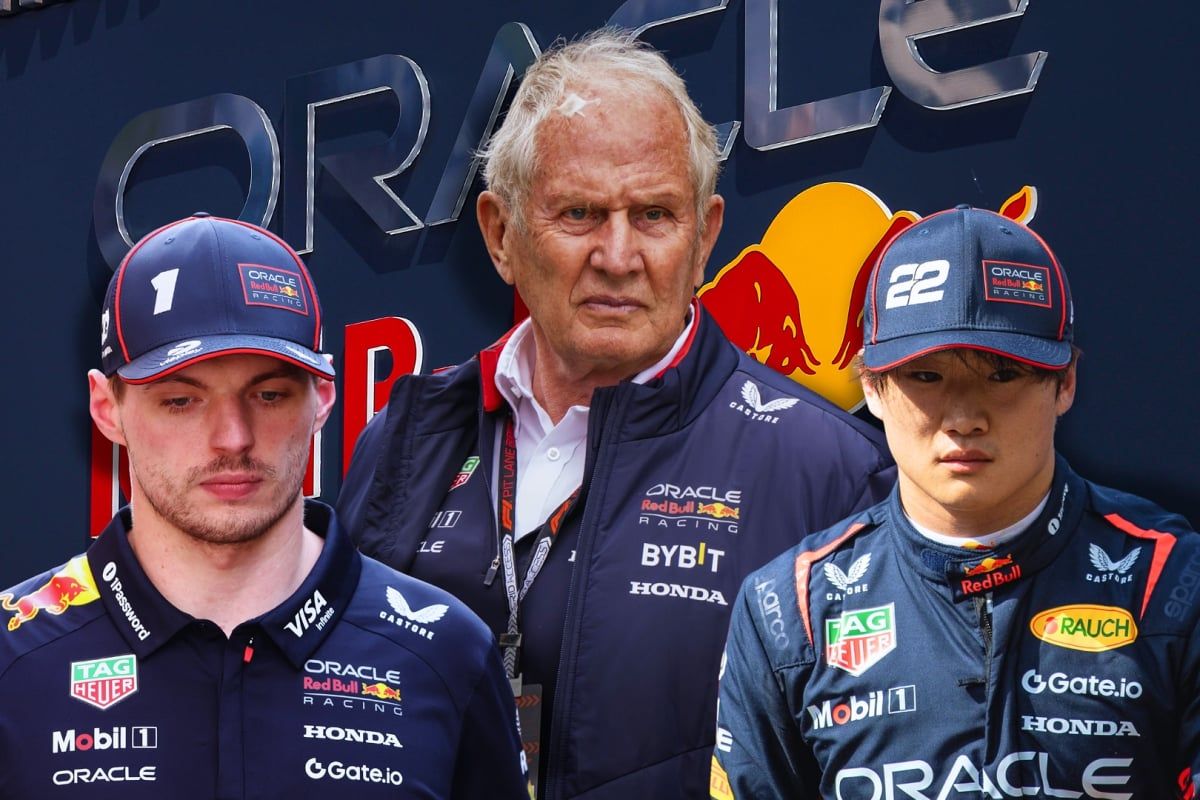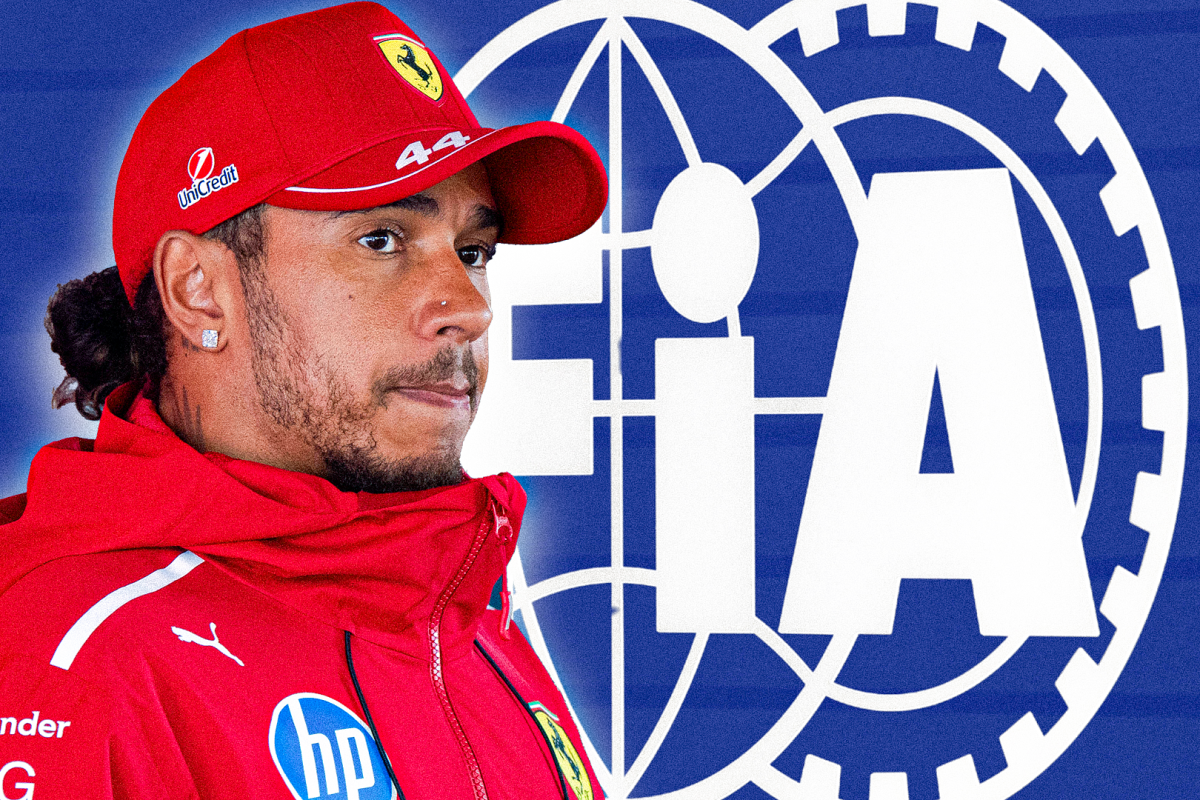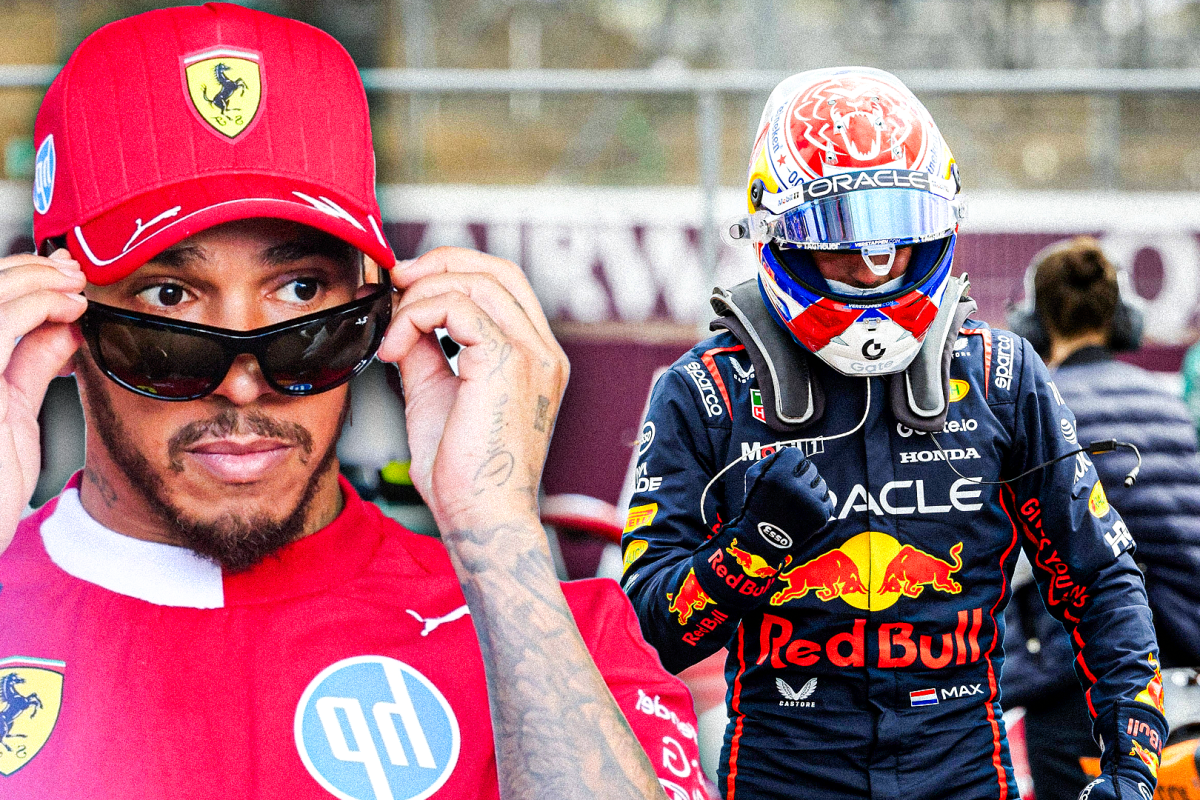Lewis Hamilton is now ‘trying’ to make Ferrari change one ‘very’ difficult issue h… read more
Lewis Hamilton, a seven-time Formula One World Champion, is reportedly facing a significant challenge in adapting to the driving characteristics of the Ferrari, and is now actively pushing for a change to address a crucial, and deeply problematic aspect of the car. Sources close to the team and the driver have confirmed the issue, while both parties remain understandably tight-lipped about the specific nature of the difficulty. This situation underscores the immense pressure and complexity involved in navigating the intricate world of Formula One, where even the smallest disadvantage can drastically impact performance.
The situation has reportedly emerged after Hamilton’s first few races in the Ferrari F1-75. While initial impressions focused on the car’s raw speed and powerful engine, Hamilton’s struggles to consistently deliver results have become increasingly apparent. This difficulty appears rooted in a significant aspect of the car’s handling dynamics that the driver finds challenging to overcome. This isn’t a simple matter of adapting to a new car; rather, it appears to be a fundamental issue with the car’s set-up, or perhaps a combination of factors in how the car responds to different driving styles.
The issue’s potential impact on Hamilton’s performance and the team’s overall strategy is significant. Formula One races are decided by milliseconds and subtle differences in car handling, making every aspect of the machine critically important. If Hamilton cannot overcome this specific challenge, it may lead to inconsistency in his performance and potentially hinder the team’s ability to compete at the highest level. The inherent difficulty of adapting to a new car, especially one as complex and demanding as a Formula One car, is well-documented, and the situation further illustrates the crucial balance between driver and machine in the sport.
Speculation surrounding the nature of the problem is rife within the paddock. Some suggest a fundamental mismatch between Hamilton’s driving style, honed over years with Mercedes, and the Ferrari’s specific characteristics. Others point to issues with the car’s aerodynamics or chassis design that directly contradict the driver’s preferred driving technique. A key factor that complicates analysis is the inherent confidentiality surrounding Formula One technical details. The teams fiercely guard their data and insights, making it difficult to decipher the exact source of Hamilton’s difficulties.
The complexity of this situation goes beyond simply adjusting driving habits or adapting to the car’s controls. It appears to delve into the intricacies of the car’s response to subtle inputs, a crucial aspect of Formula One that demands a unique level of driver-car harmony. Furthermore, the specific nature of the issue could also be linked to the specific track characteristics and conditions faced in the races. Certain circuits may exacerbate the problem, further emphasizing the necessity of a suitable solution.
Ferrari, traditionally known for its high-performance vehicles, finds itself in a precarious position. They have invested significant resources in developing the new F1-75, and any persistent struggles by a driver of Hamilton’s caliber will undoubtedly cast a shadow on the team’s reputation. It is vital for the team to find a solution, whether through modifications to the car or adjustments to Hamilton’s approach, to ensure he can unlock his full potential and capitalize on the car’s considerable strengths. The team’s internal discussions must be focused on finding a solution that works for both the car and the driver, a task that demands careful analysis and collaboration between engineers and the driver.
Ultimately, the challenge facing Hamilton, and by extension Ferrari, is a complex one. It showcases the delicate balance between driver skill, car performance, and the intricate relationship between the two in the high-stakes world of Formula One. Successful resolution requires not only technical solutions but also meticulous understanding of how both driver and machine can interact most effectively, demanding both a deep technical understanding and a nuanced appreciation for the driver’s individual style. The coming races will be crucial in determining whether this apparent roadblock can be overcome, potentially shaping the outcome of the entire season.




